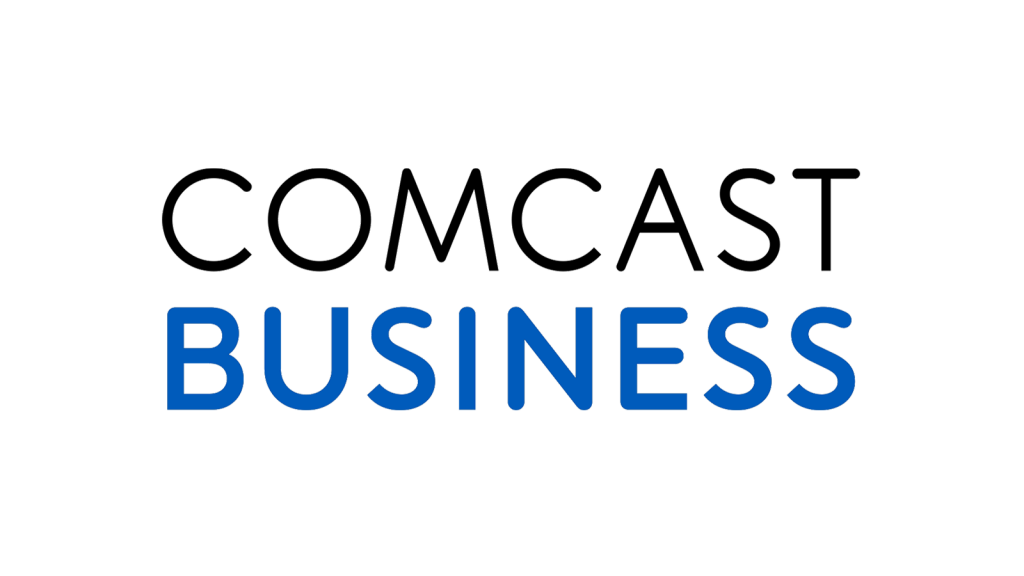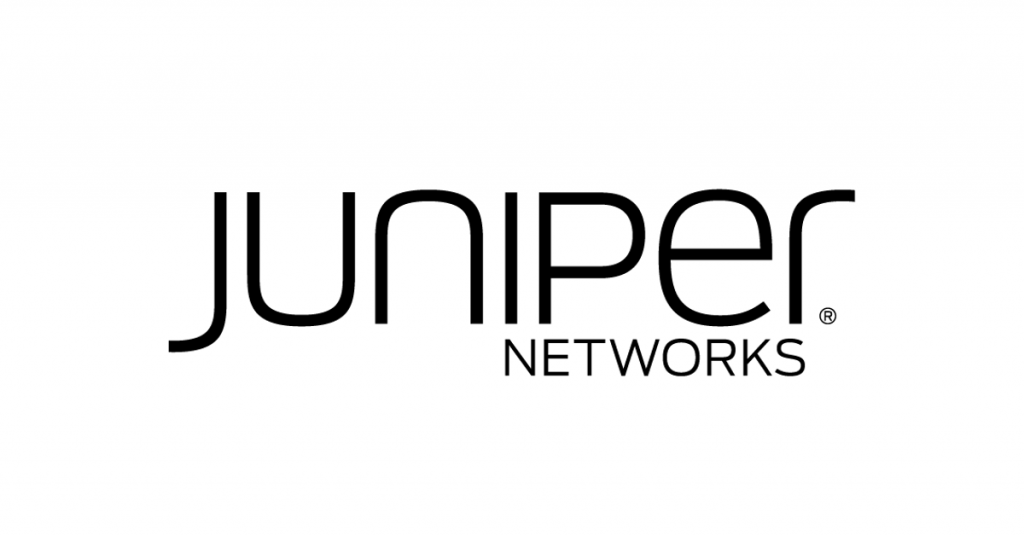Driven by requirements for greater efficiency and improved constituent services, federal agencies are moving full-speed ahead with voice-, video- and data-intensive applications. The technologies that enable these capabilities, including videoconferencing, Voice over IP (VoIP), and room-based communication and collaboration systems, benefit government in many ways.
Although the benefits are clear, using these applications effectively can require more speed, scalability, flexibility and bandwidth than some agencies currently can deliver. So, agencies are looking for new networking solutions. They include:
Soaring voice, data and video requirements. Doing business today requires almost constant connectivity and the ability to access and share large data, video and audio files. It also requires the ability to collaborate via videoconference and meeting technology. All that takes a lot of bandwidth to ensure smooth uploads and downloads. For example, Microsoft recommends at least 58 KB bitrate upload and download speeds for audio meetings, 2,500 KB upload/4,000 KB download bitrate for video and 2,500 KB upload and download for screen sharing. Without these speeds, traffic can start buffering and possibly even be dropped.
A demand for scalability and flexibility. In the past, network bandwidth requirements were largely stable and
predictable, making it easy for agencies to decide how much capacity they needed to buy. That is no longer the case, as the proliferation of network-based services leads to frequent and unpredictable surges in demand.
Interest in outsourcing. Some agencies, especially the Defense Department (DoD), are looking to outsource circuits and solutions, rather than dedicating so many resources to supporting network equipment. The challenge is doing so without compromising the user experience.
The Solution: Ethernet-Based Networking
The need for scalability, flexibility, adaptability and resiliency will only increase over time, and moving to an Ethernet-based network supports that.
“When you look at the speed associated with TDM, you’re talking about 1.544 megabits for a T1 or 45 megabits for a DS3,” said Greg Bourdelais, DoD Regional Sales Director at Juniper Networks. “Essentially, a 1G Ethernet connection is equivalent to 625 T1 lines.”
Agencies are particularly interested in the idea of the Ethernet Virtual Private Line (EVPL), a service that works
much like TDM, but is powerful, flexible and feature-rich, providing high-capacity, multipoint connectivity. Important
features to look for in an EVPL solution include:
- A dedicated circuit with redundancy. A dedicated circuit means having the path requirements so that
data, video, audio and other types of communications get through. When it includes redundancy, traffic can automatically reroute if it encounters poor connectivity, competition with other traffic or a component failure. - The ability to multiplex multiple Ethernet virtual connections on a single user network. With this capability, multiple users or organizations at the same location can run different applications across the same Ethernet circuit. “It’s about creating logical or virtual circuits over the physical circuit, and then segregating those virtual circuits to individual users or customers,” explained Greg Taylor, Senior Director of DoD Sales at Comcast Government Services.
- Customizable speeds. Some communications and workloads need to be prioritized, or are more bandwidthhungry than others. The network should reflect that. With a dynamic Ethernet-based network, it’s easy to allocate bandwidth as needed, prioritize workloads and make sure everything gets to its destination quickly.
This article is an excerpt from GovLoop’s report “The Inevitable Rise of Voice, Video and Data: How Agencies Can Keep Up.” Download the full report here.







Leave a Reply
You must be logged in to post a comment.